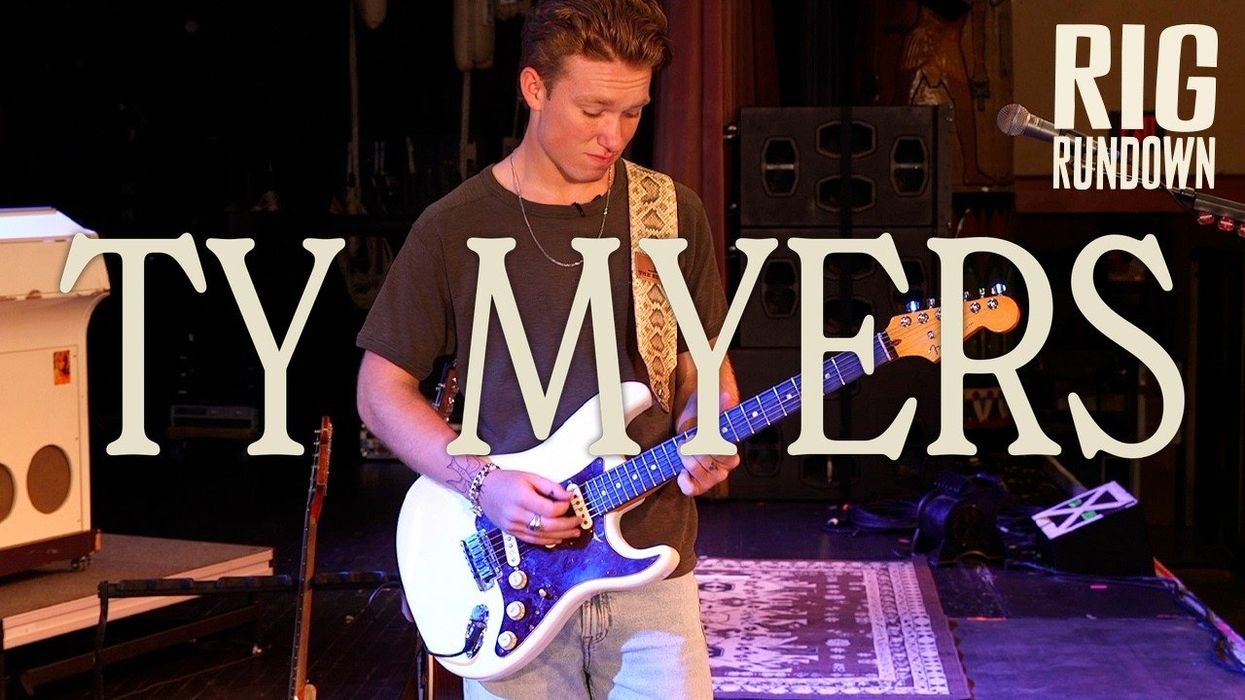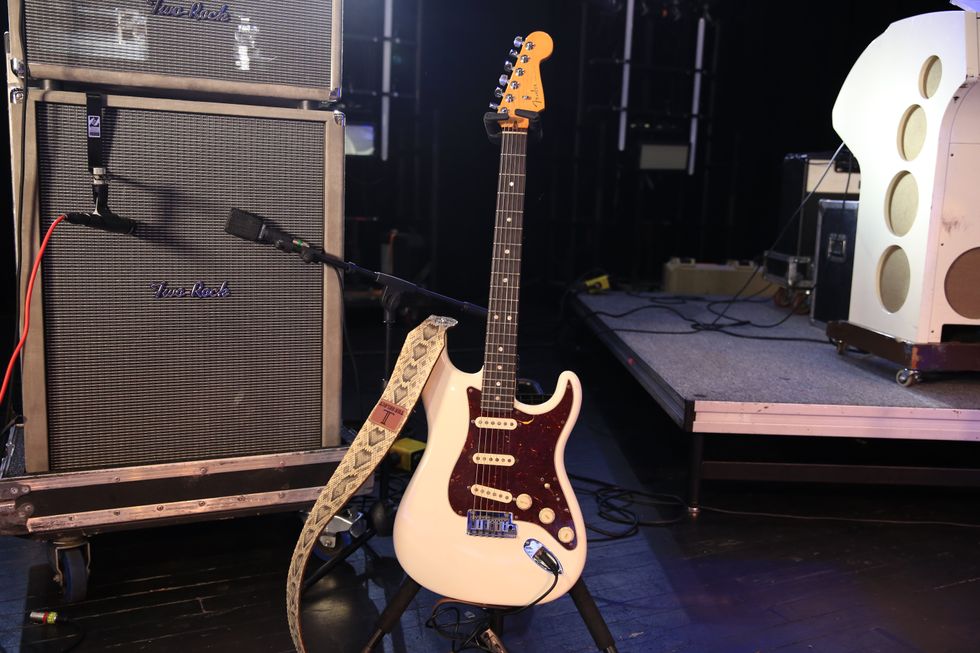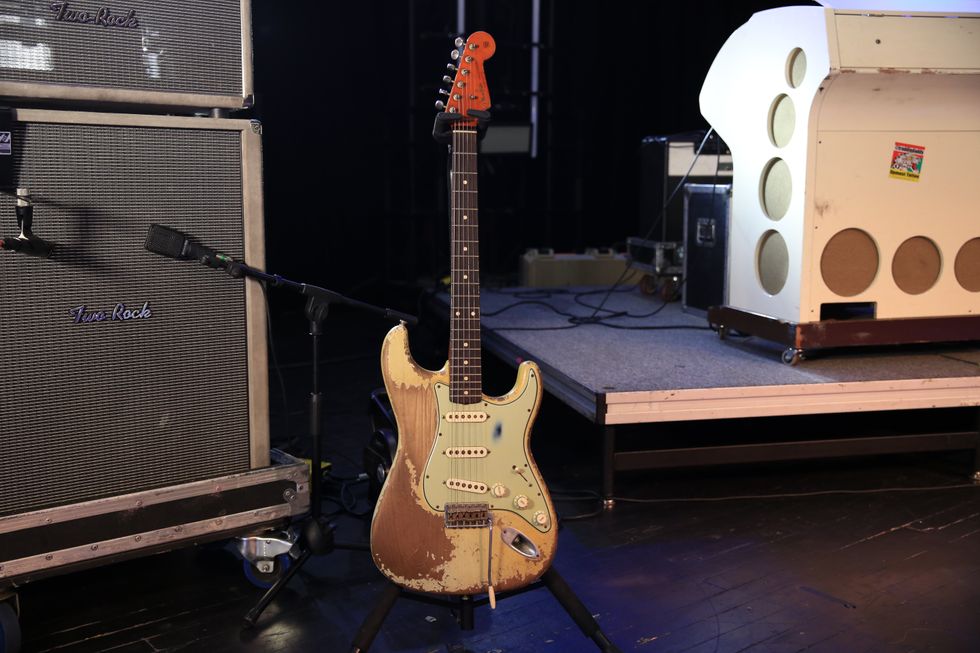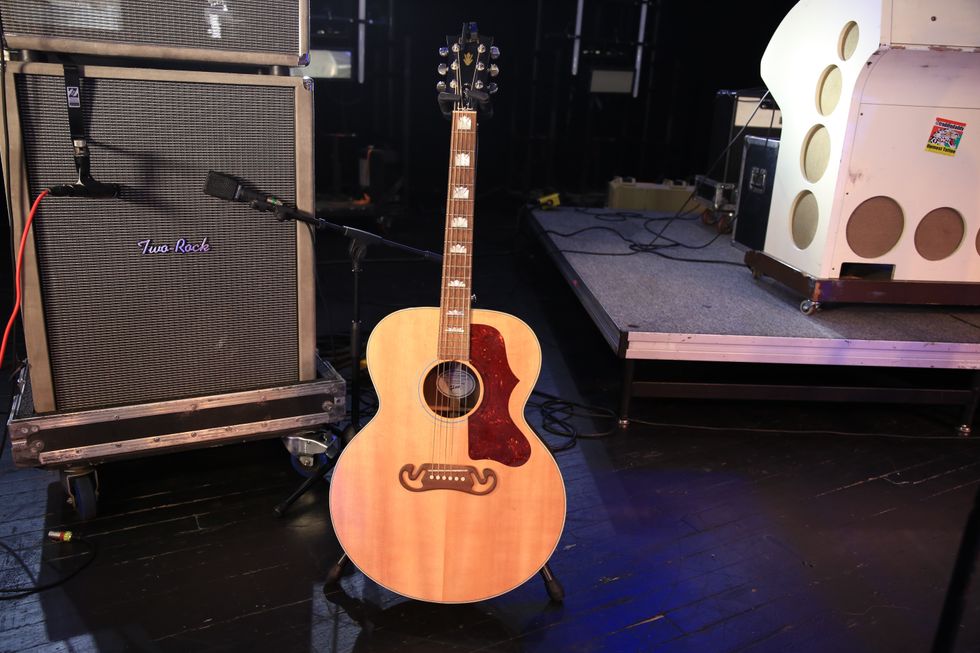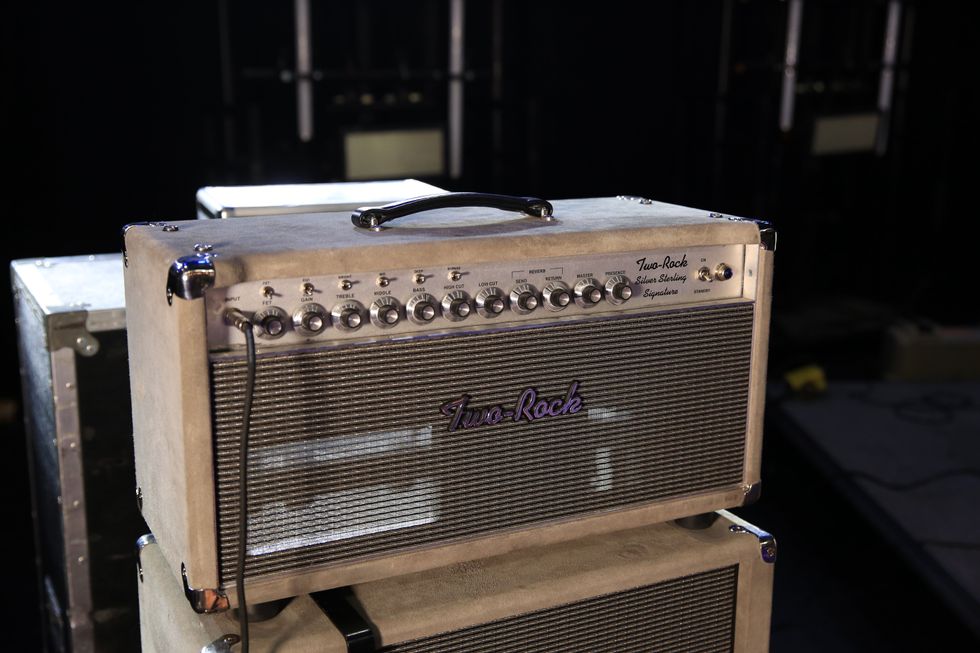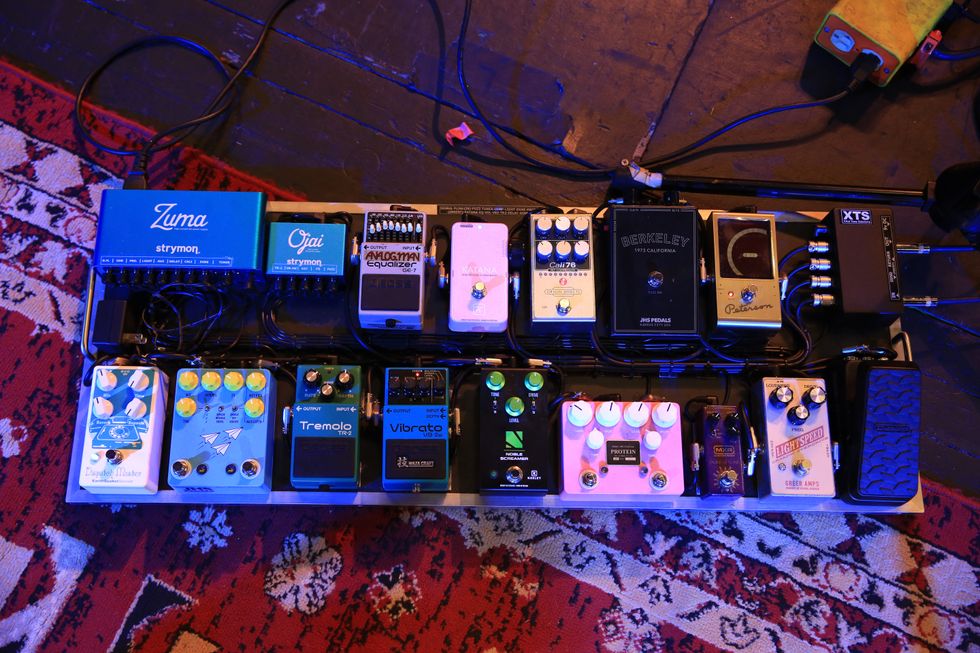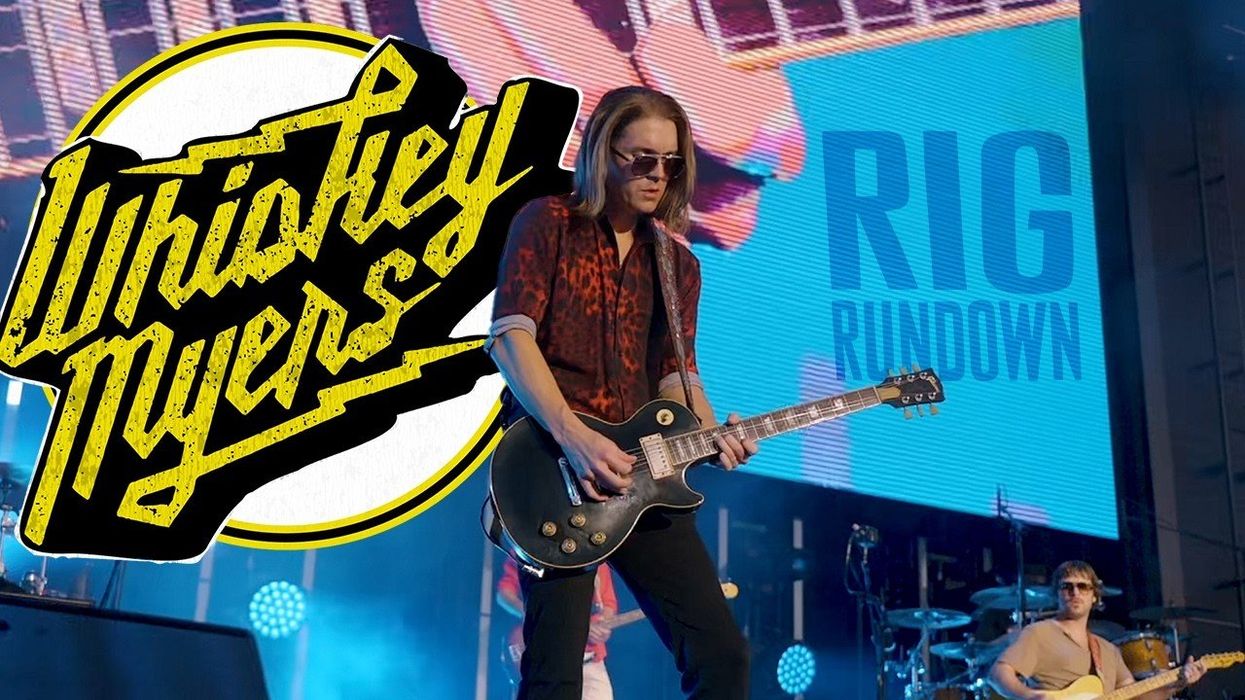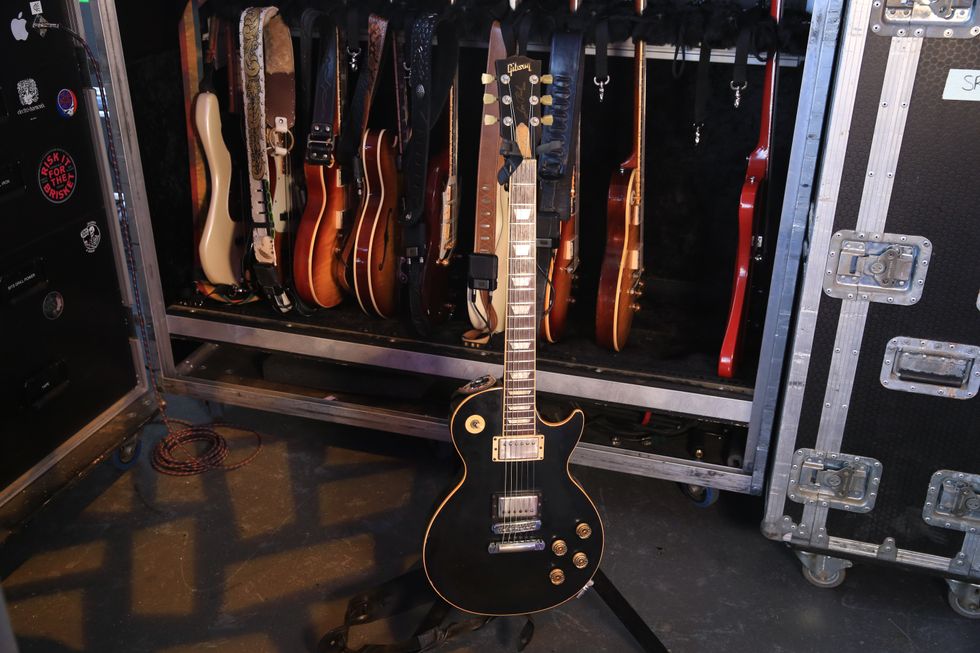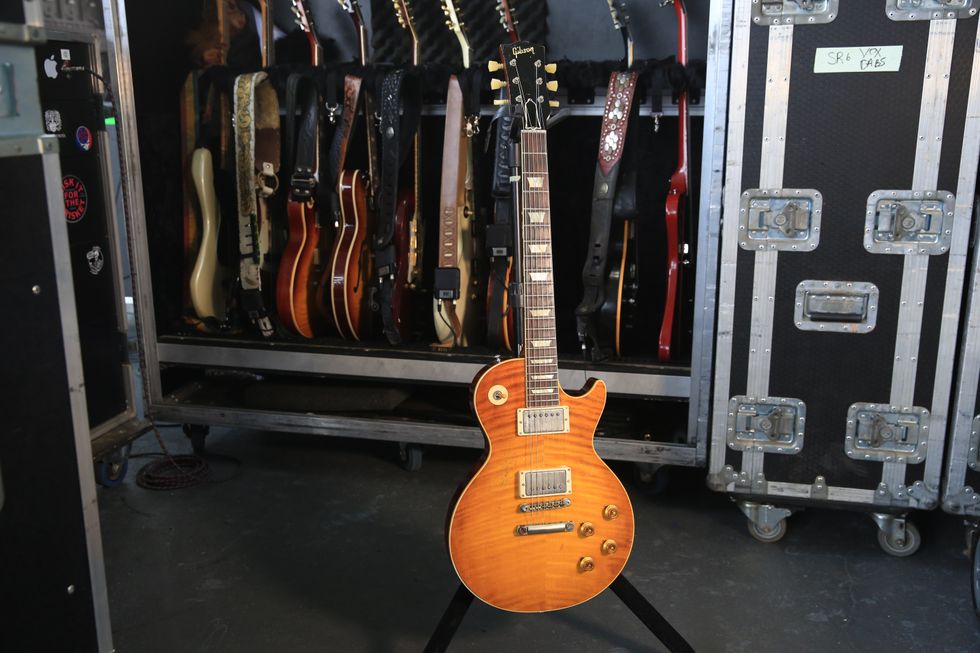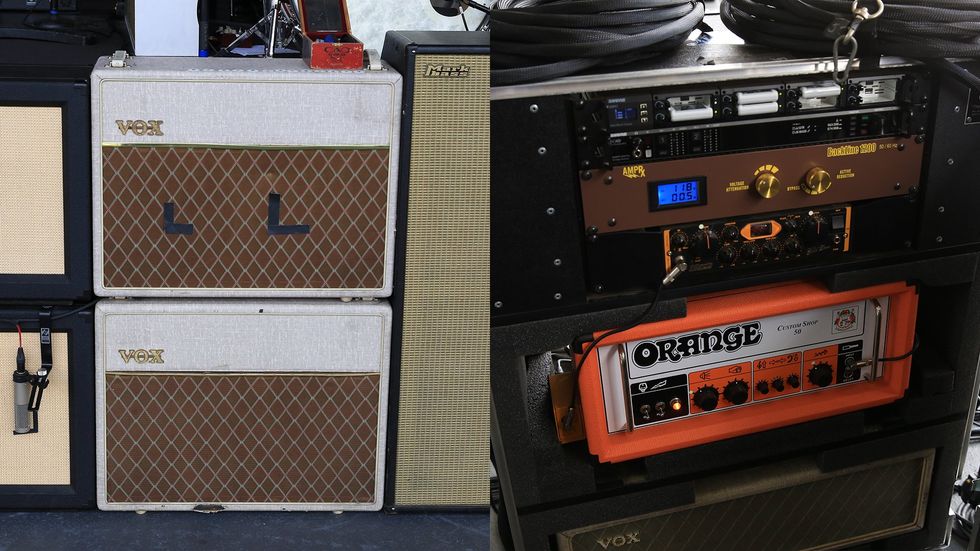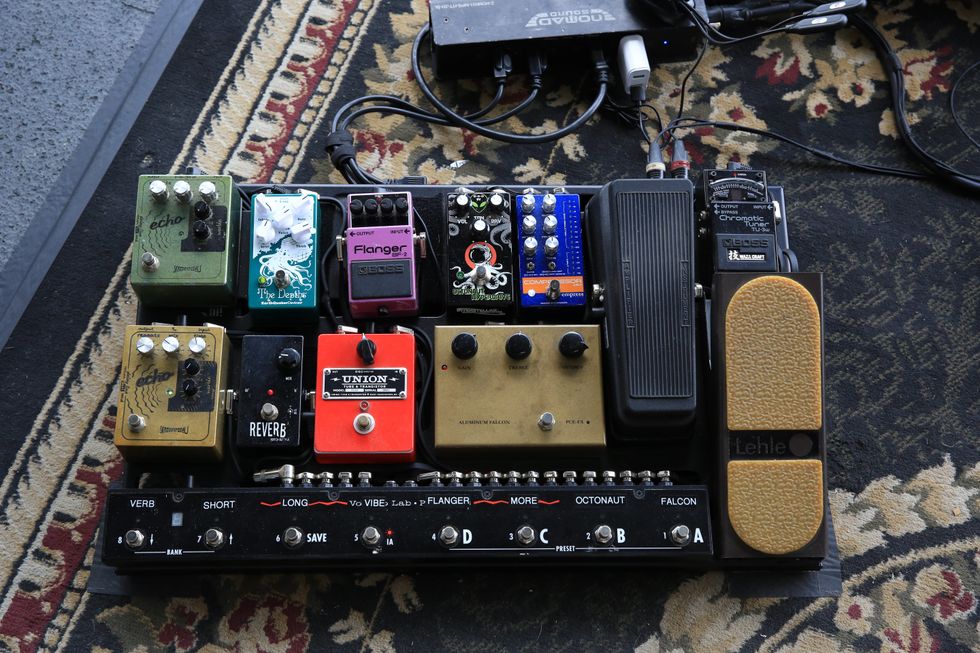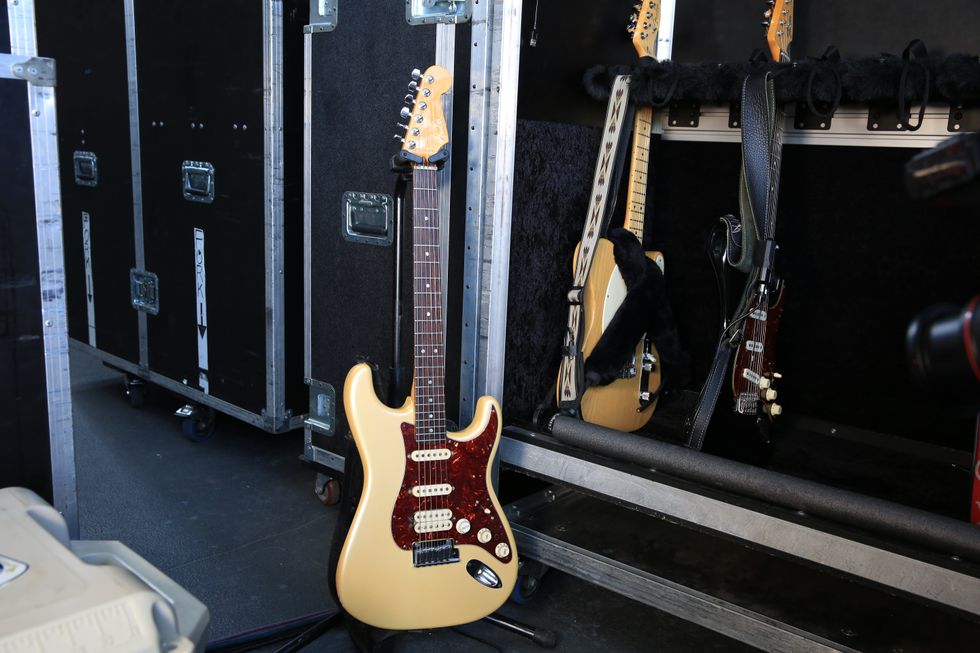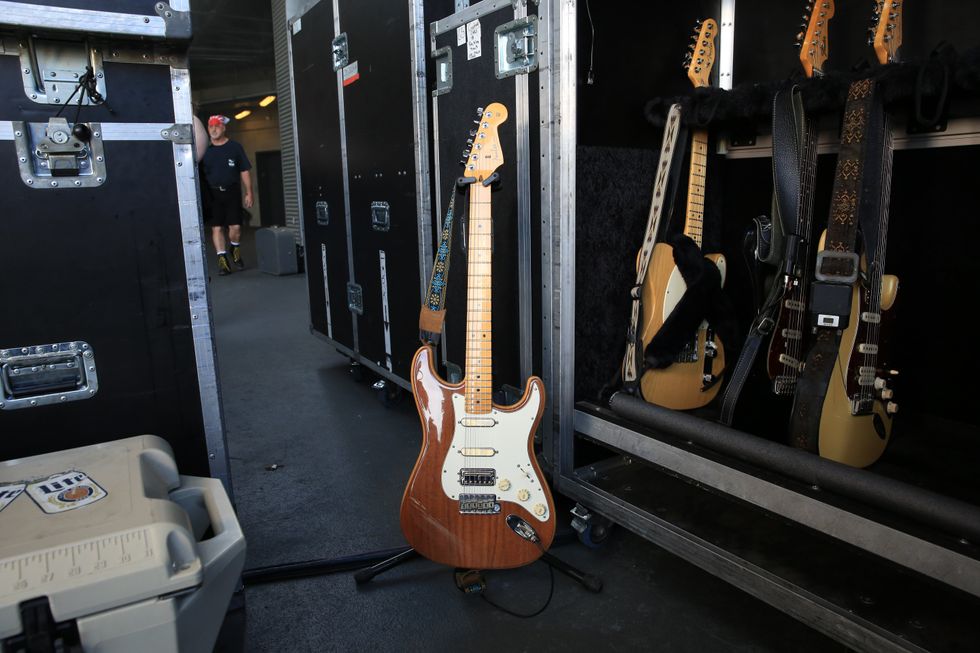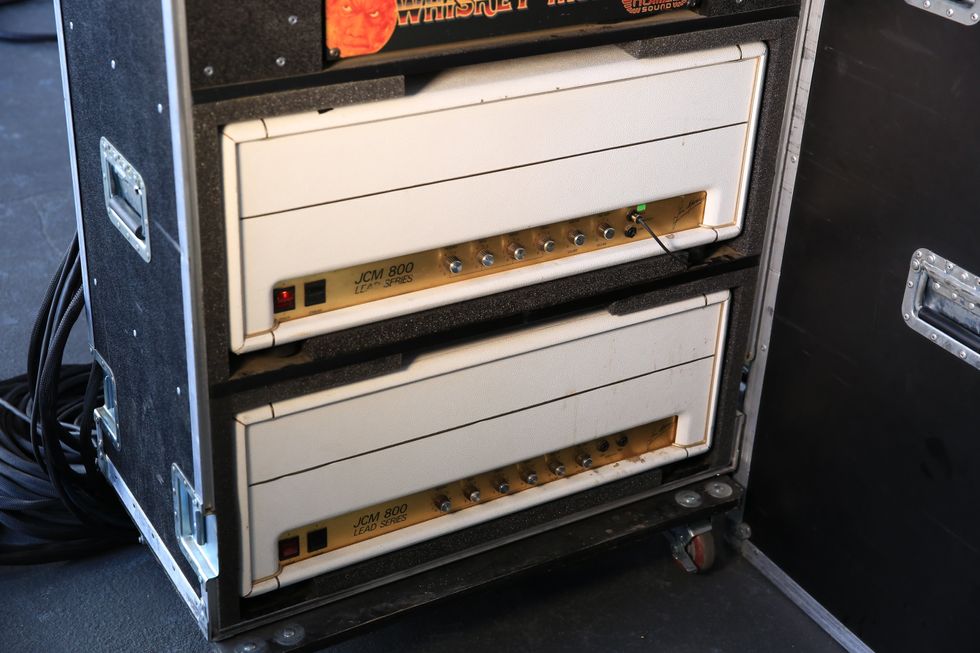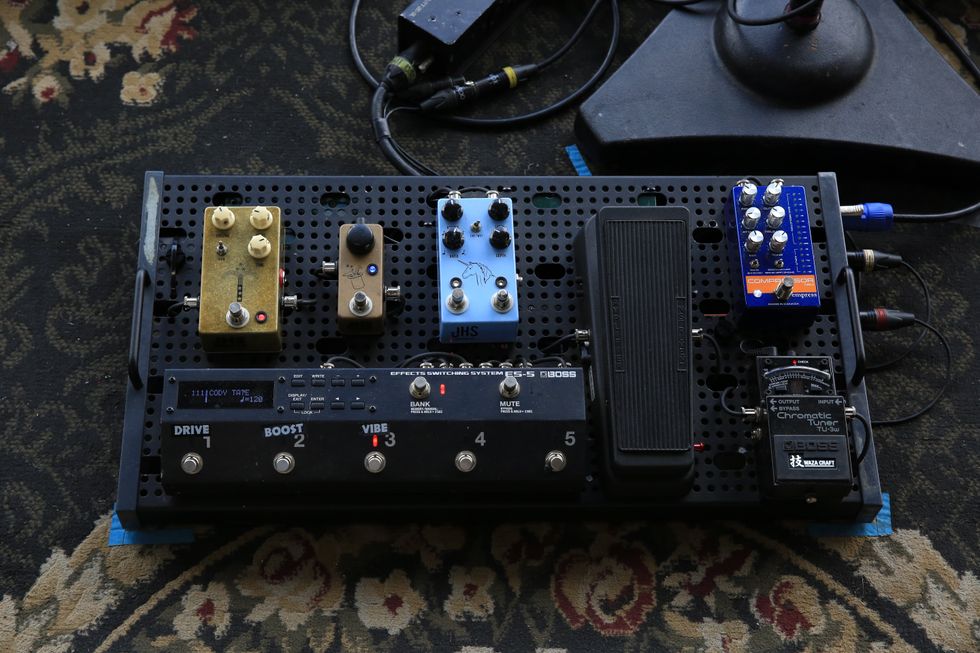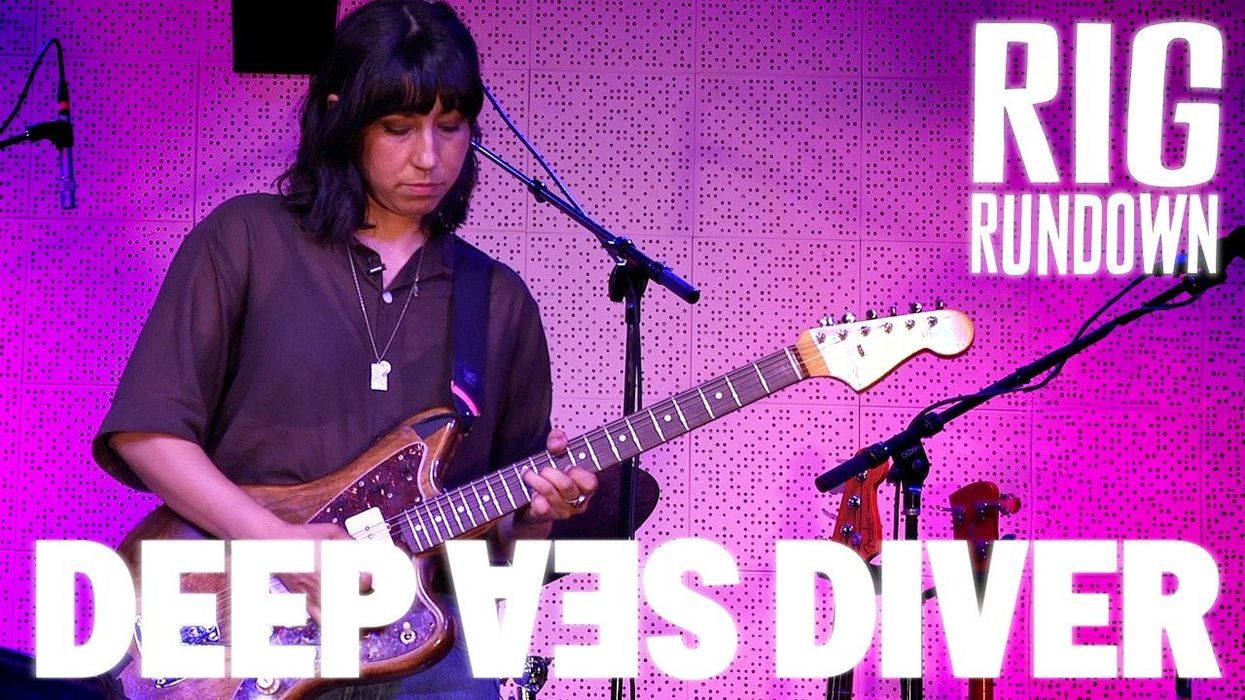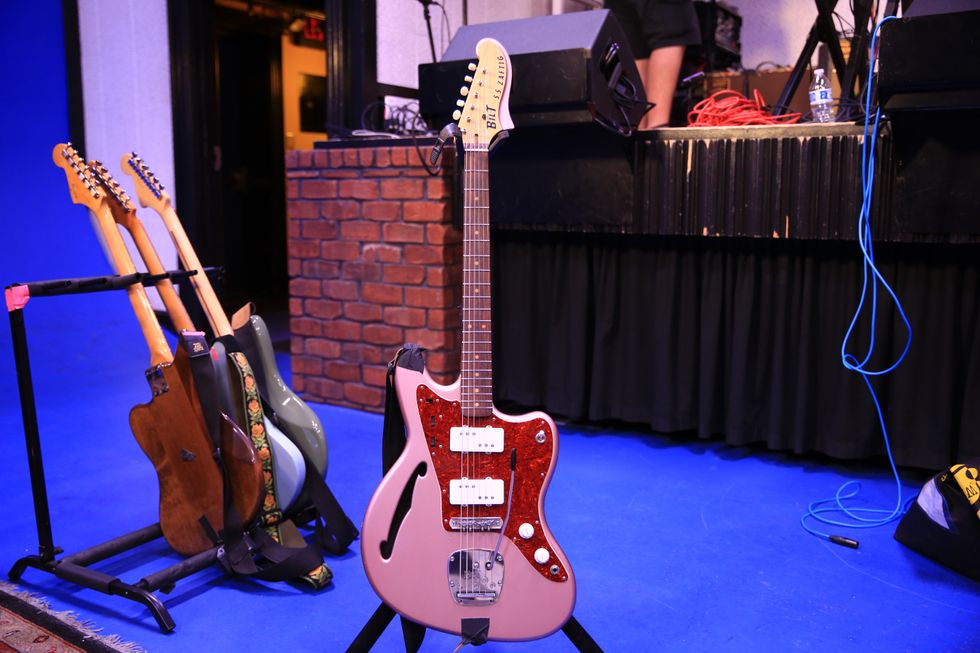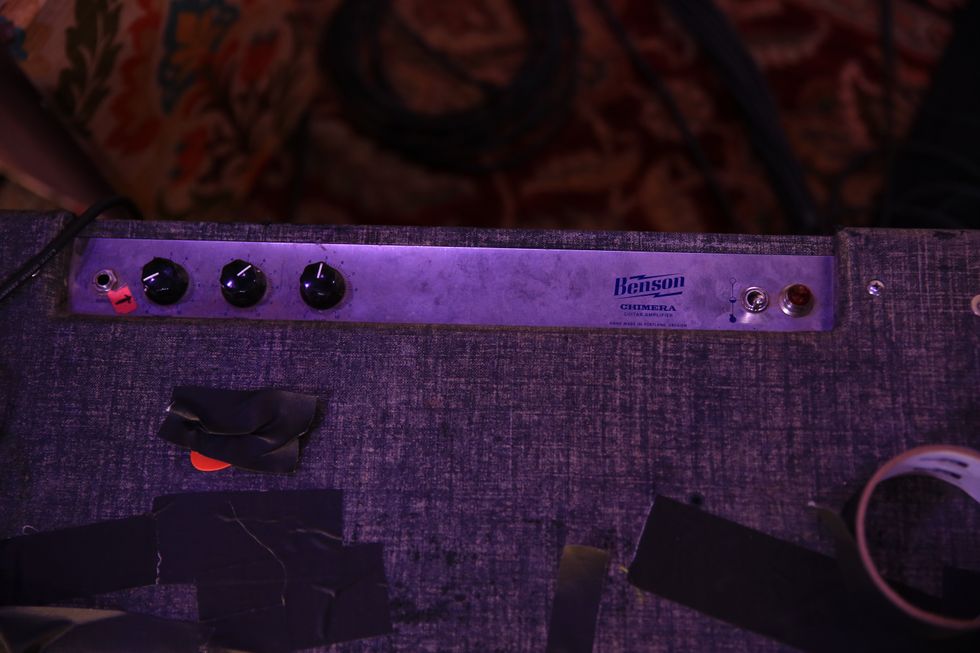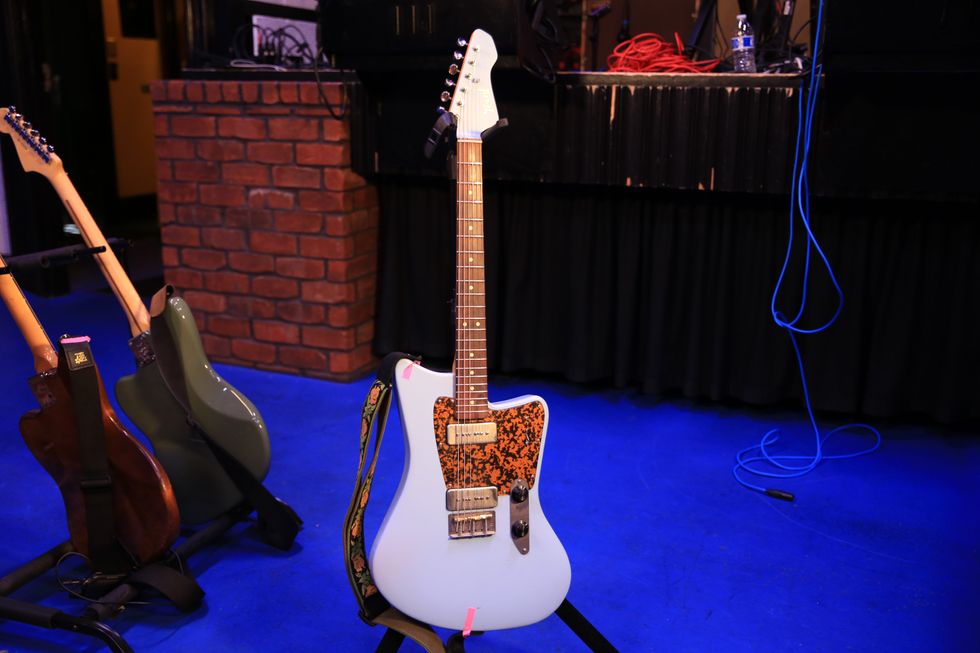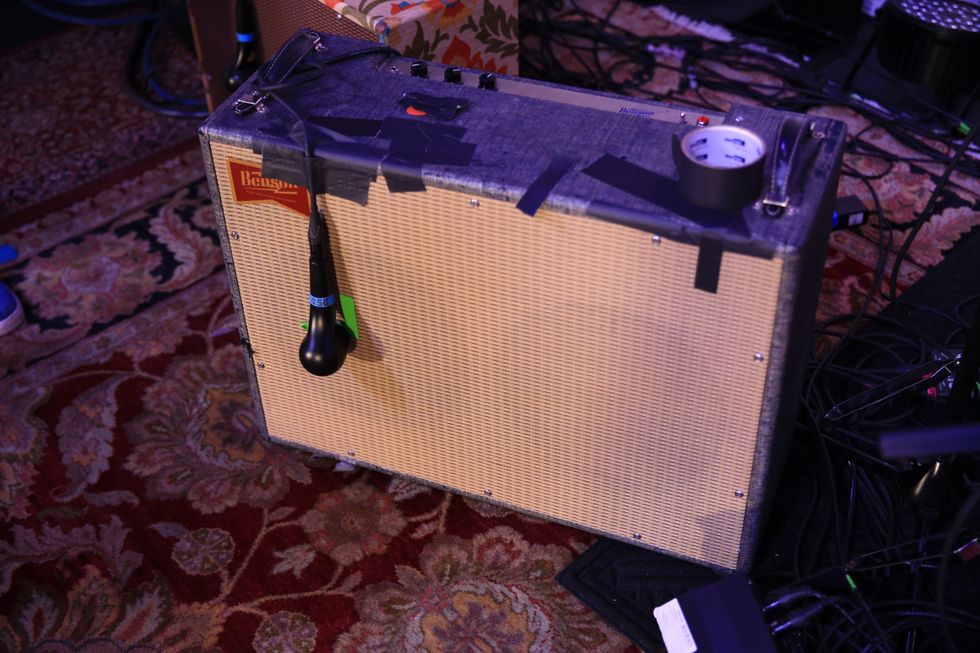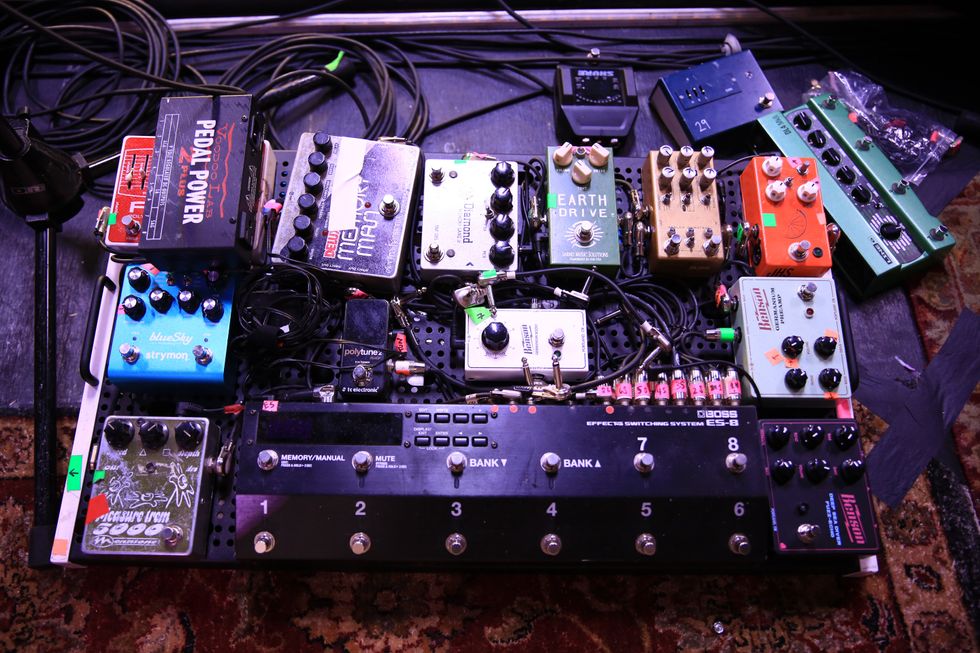Photo by Cornel Putan Alin.
Madrid, Spain (February 27, 2014) – Guitarists and devotees of flamenco music around the world are mourning the death of Paco de Lucia, heralded as the greatest flamenco guitarist of our time, at age 66. De Lucia reportedly suffered a heart attack while playing with his children on a Caribbean beach resort in Mexico and died at a local hospital on the evening of February 25.
Born Francisco Gustavo Sánchez Gomes in 1947 in the Spanish port city of Algeciras, de Lucia began playing traditional flamenco guitar at an early age. His father and two brothers also played flamenco guitar, and the four of them accompanied another brother who was a flamenco singer. A child prodigy, de Lucia made his radio debut at age 11 and recorded his first album at 14. At that time, de Lucia took his professional name to honor Lucia Gomes, his Portuguese mother.
For many years, de Lucia devoted himself to traditional flamenco music and became recognized as a master of the genre, following in the footsteps of Sabicas, the great flamenco guitarist de Lucia first met as a youngster. Sabicas became de Lucia’s mentor and friend, and eventually de Lucia was widely acknowledged as Sabicas’ successor.
But de Lucia’s restless musical curiosity and interest in jazz and Latin music led him to explore new sounds. Through collaborations with John McLaughlin, Al Di Meola, Larry Coryell, and Chick Corea, de Lucia introduced the fiery rhythms and lightning-fast runs of flamenco to rock and jazz guitarists around the world who—until hearing de Lucia—had little familiarity with traditional Spanish and Gypsy music. Released in 1981, Friday Night in San Francisco, which featured de Lucia, Di Meola, and McLaughlin, sold more than a million copies and is considered one of the greatest live acoustic-guitar albums of all time.
"To have worked and played music with Paco is one the greatest blessings in my life,” says McLaughlin. “In the place where he lived in my heart, there is now an emptiness that will stay with me till I join him."
Though guitarists enthusiastically embraced de Lucia’s “nuevo flamenco,” not everyone in the flamenco world endorsed this new sound. Like Ravi Shankar, who brought the melodies, timbres, and rhythms of sitar and Indian classical music to the West and was decried by traditionalists for doing so, de Lucia had critics in Spain who saw the marriage of flamenco and jazz as diluting the pure form. But also like Shankar, de Lucia never lost his heartfelt connection with his musical roots, and his stunning technique, impassioned improvisations, and artful compositions always honored the music he learned as a child in Spain. De Lucia will be remembered as flamenco guitar’s greatest ambassador and one of the finest musicians to ever hold a nylon-string guitar.

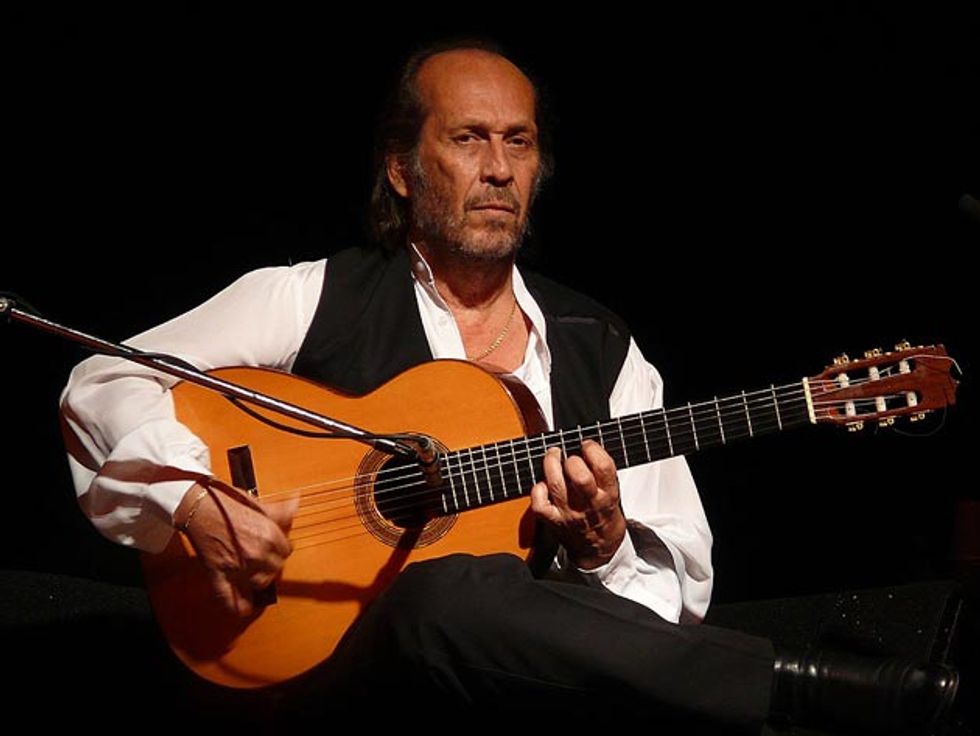
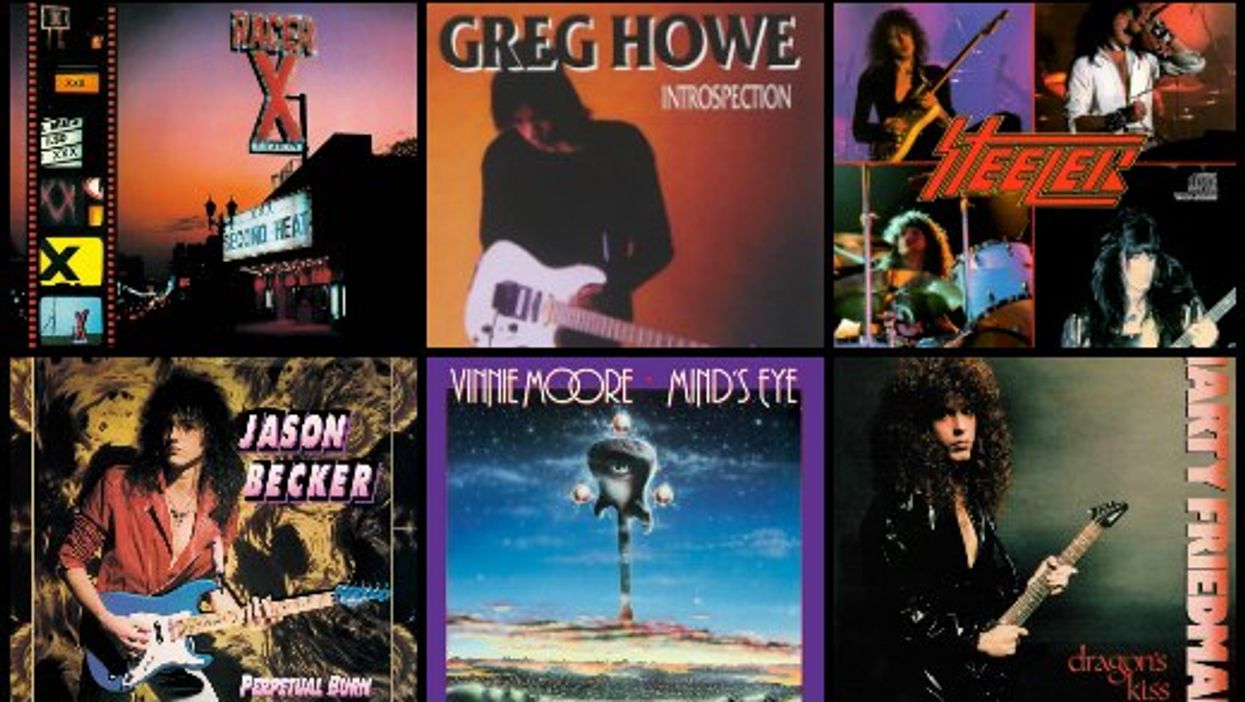
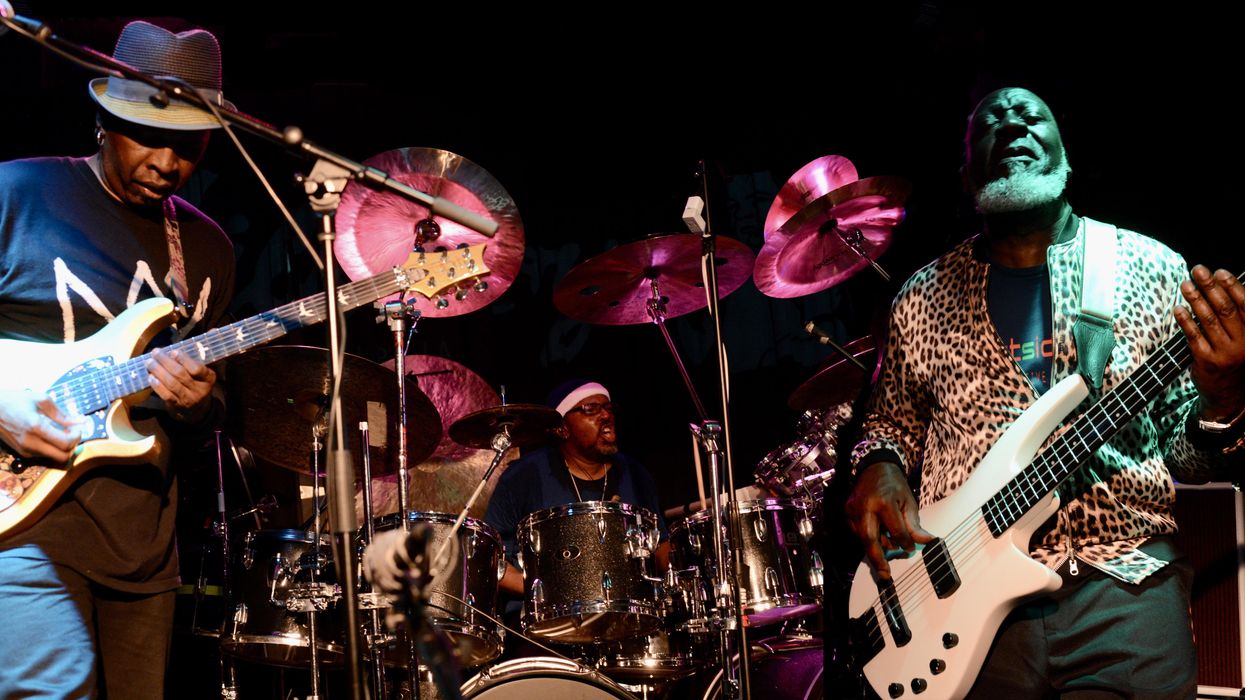
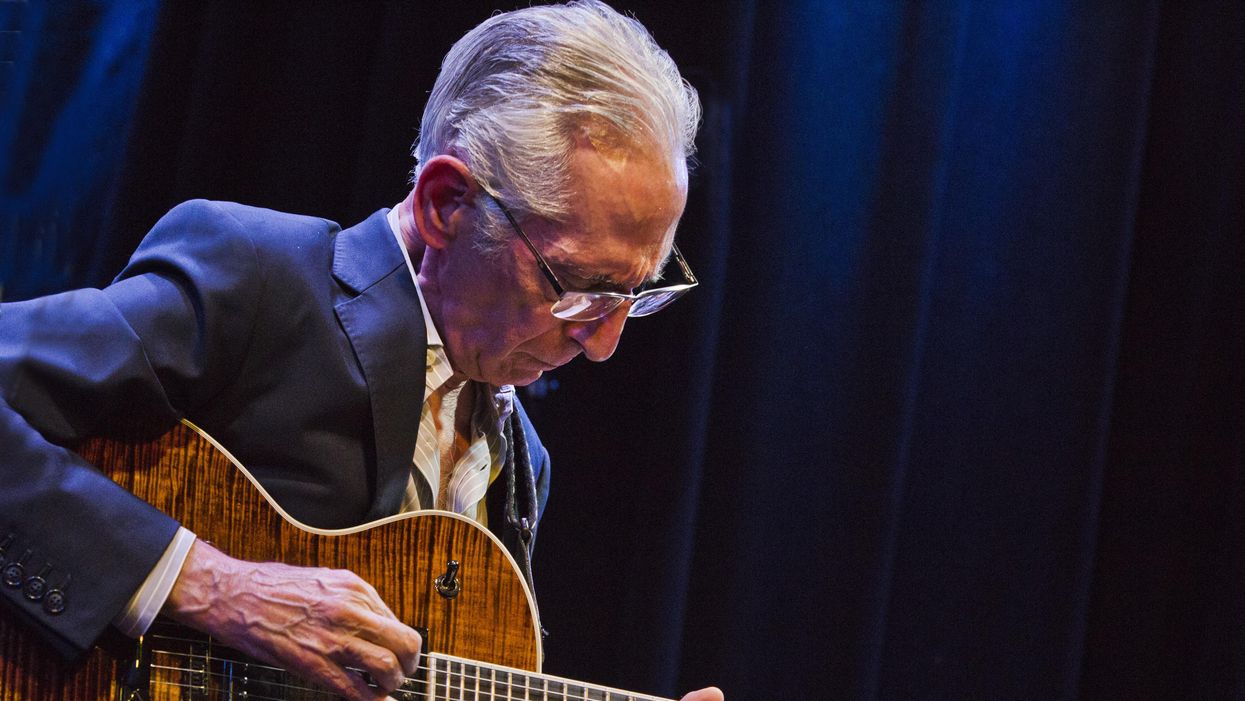

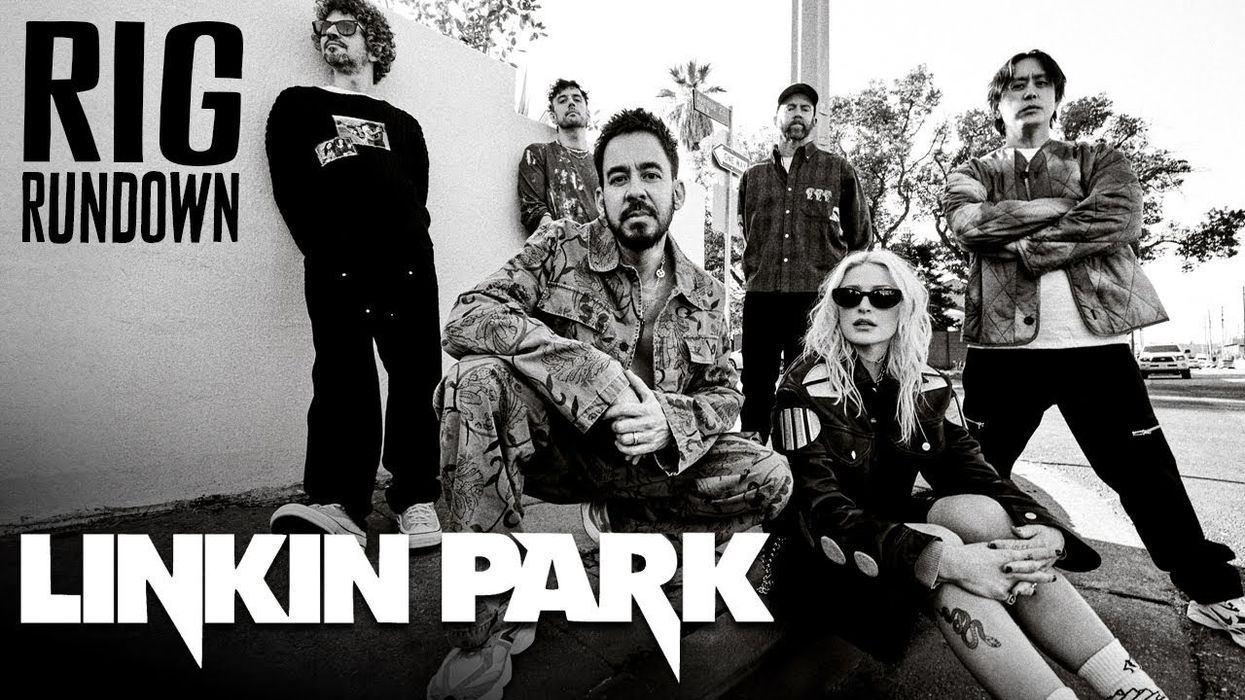
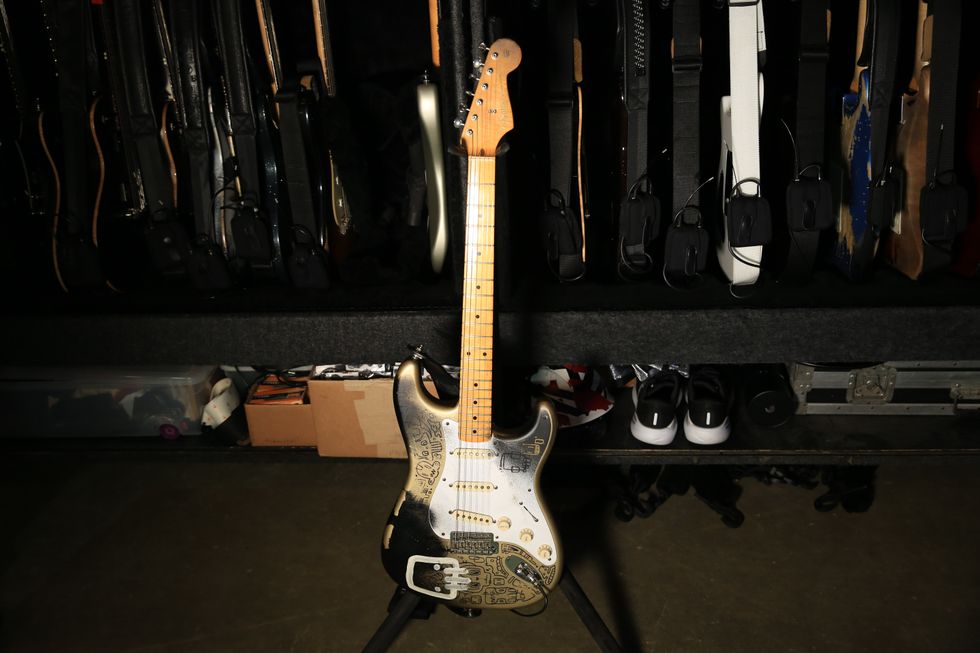
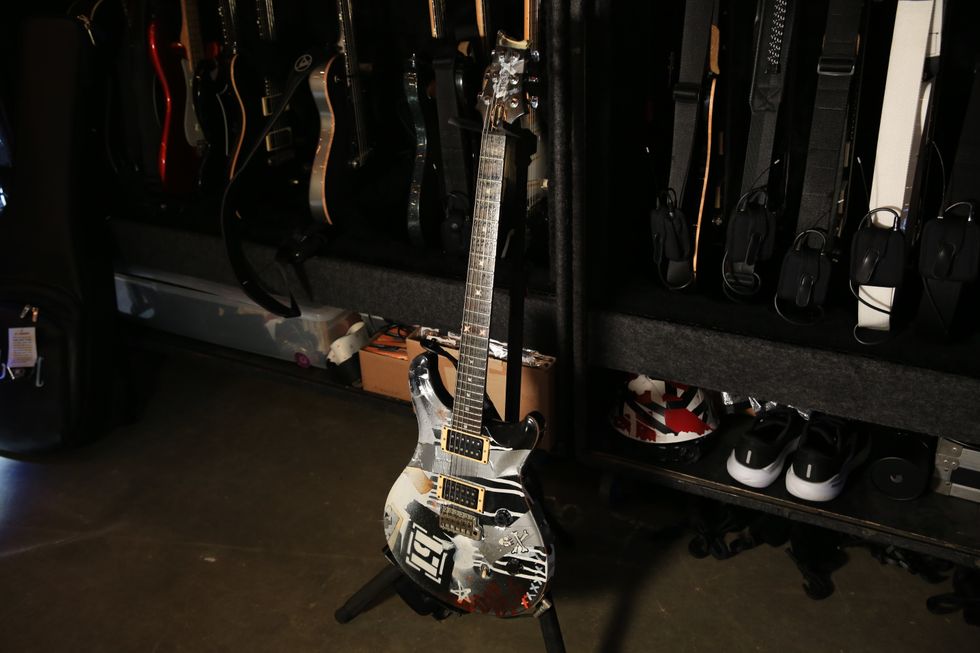
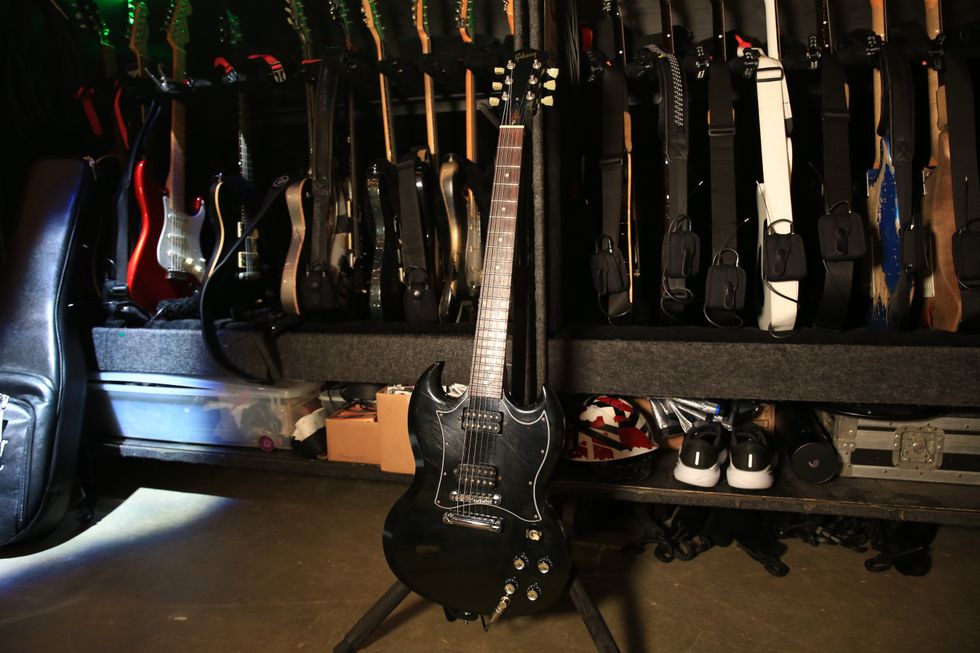
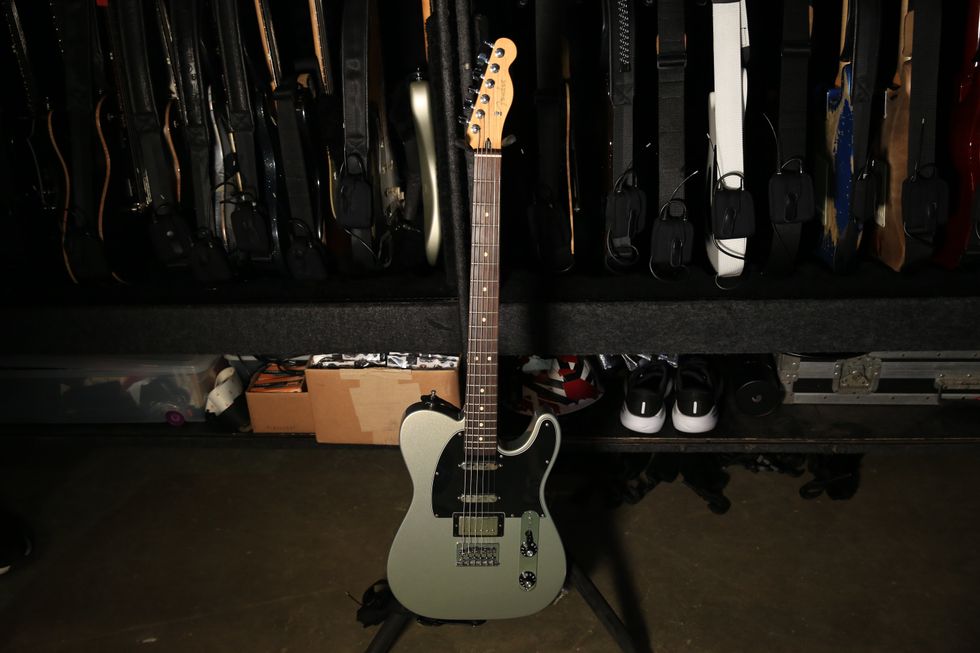
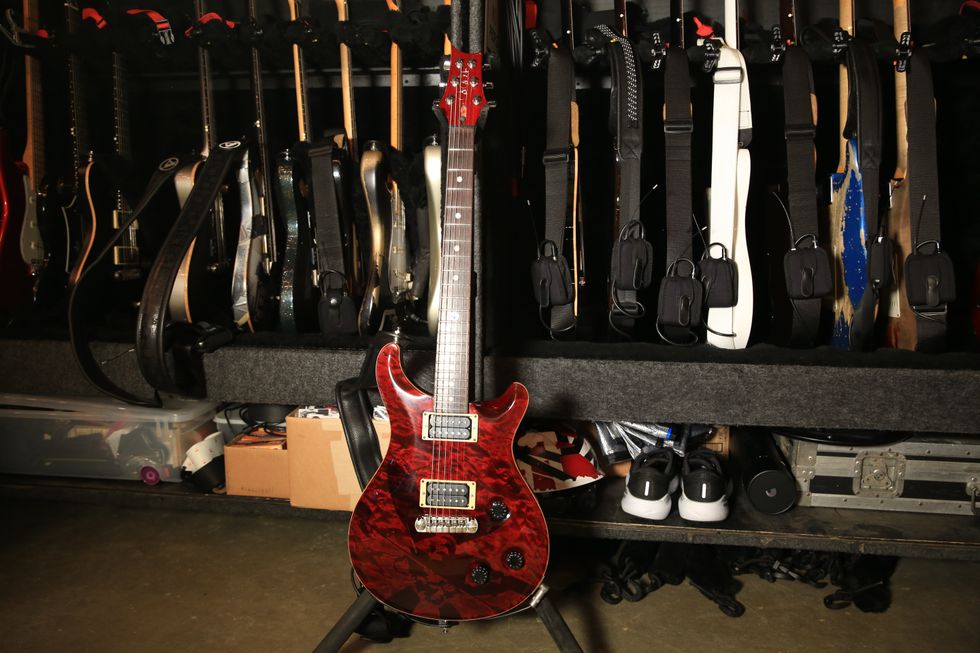
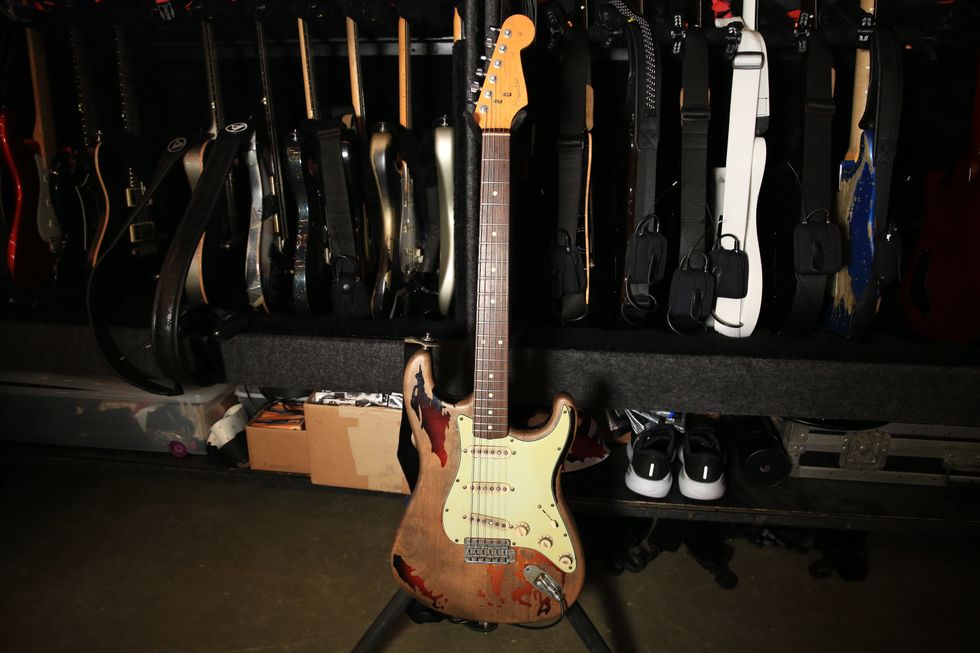
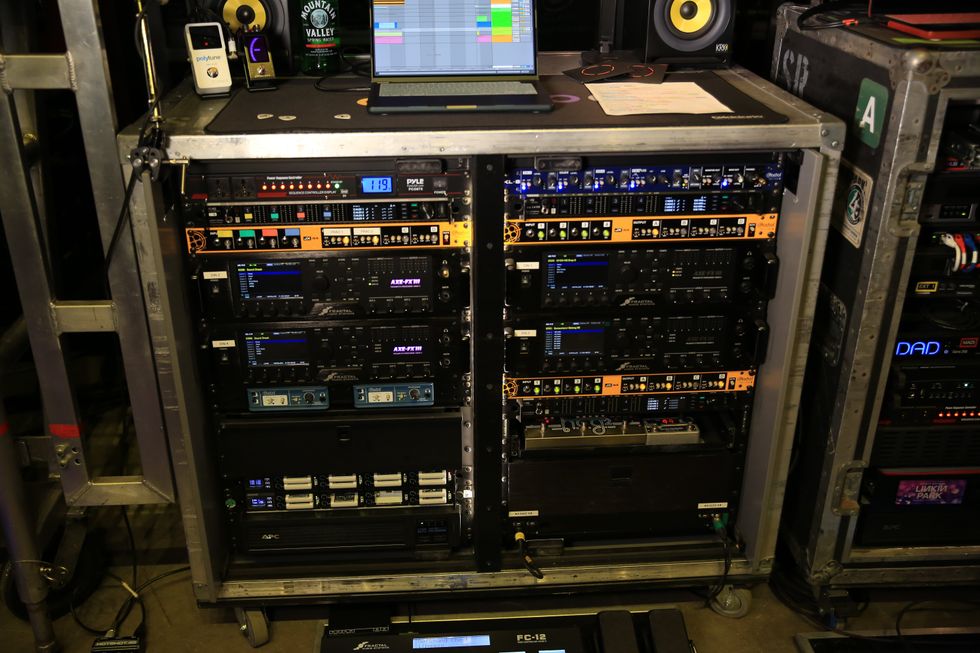
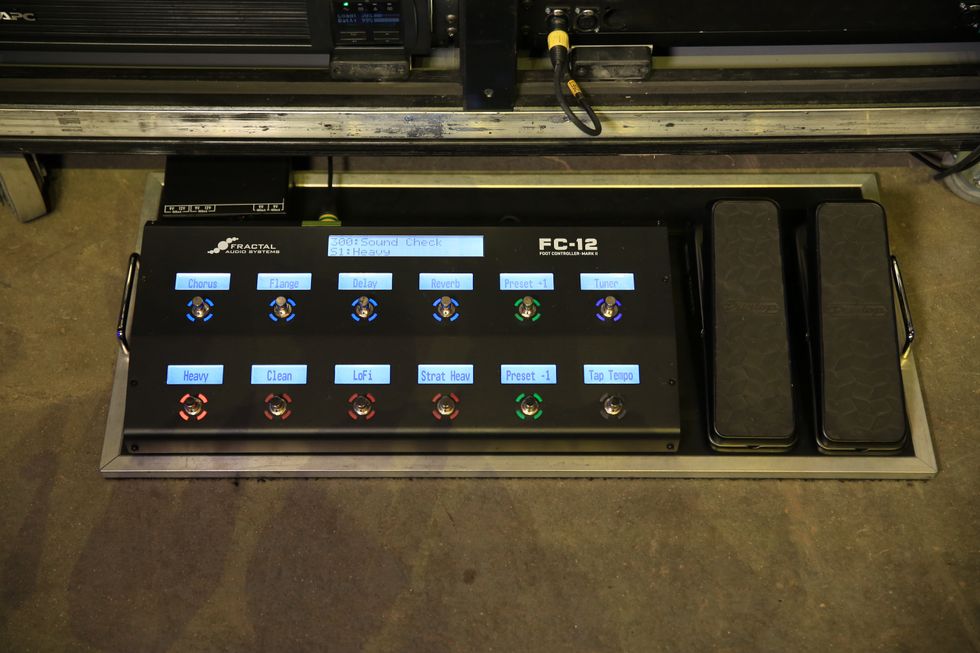
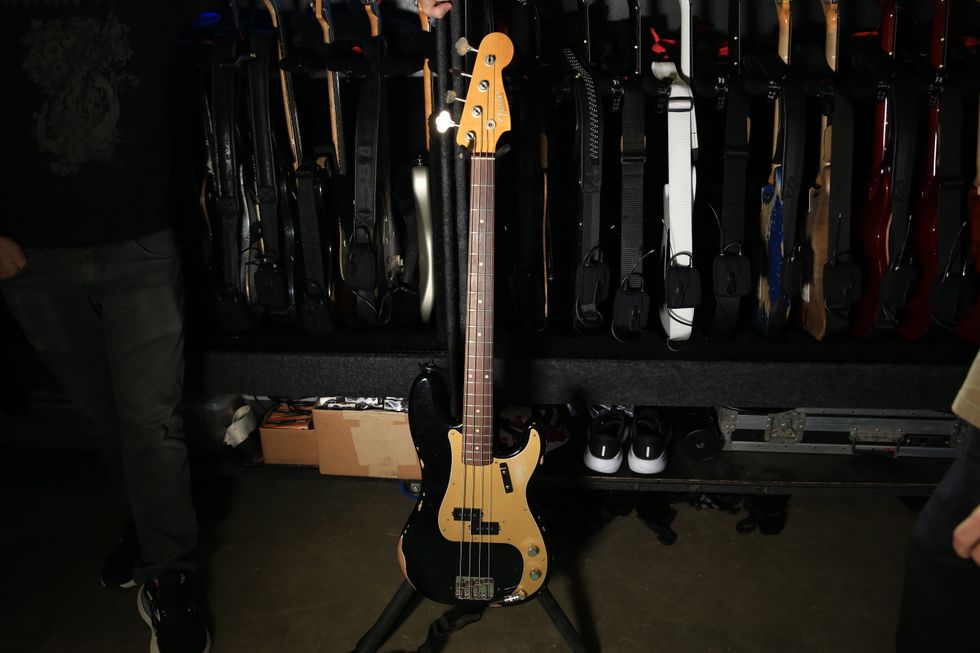
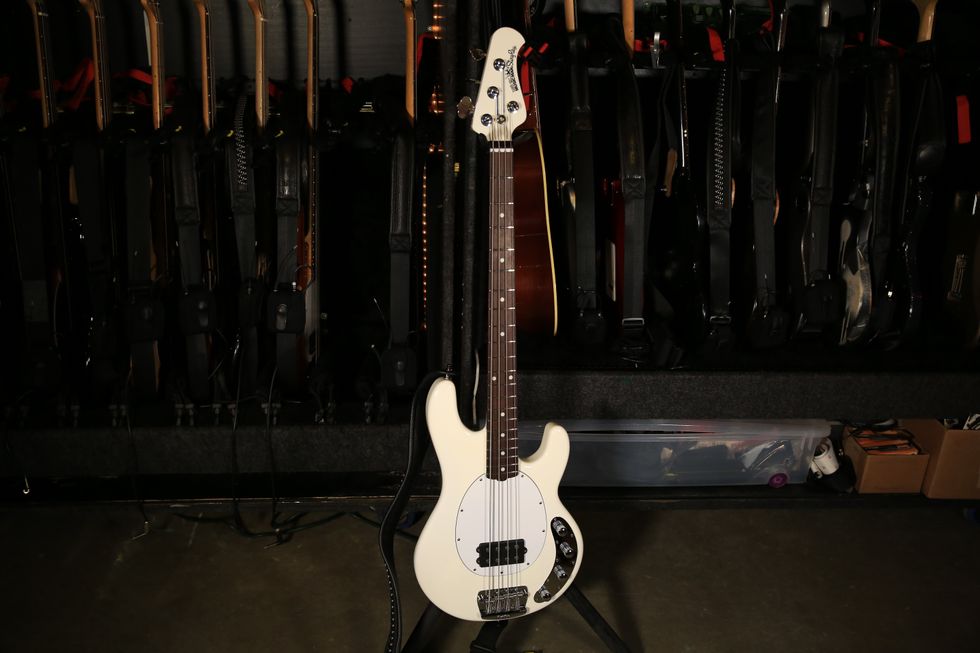
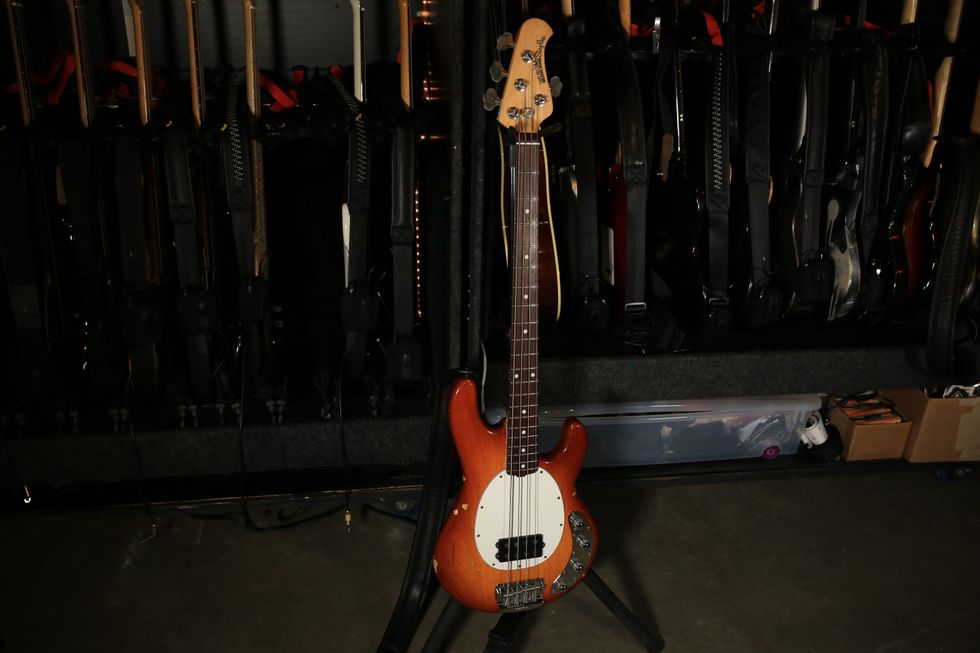
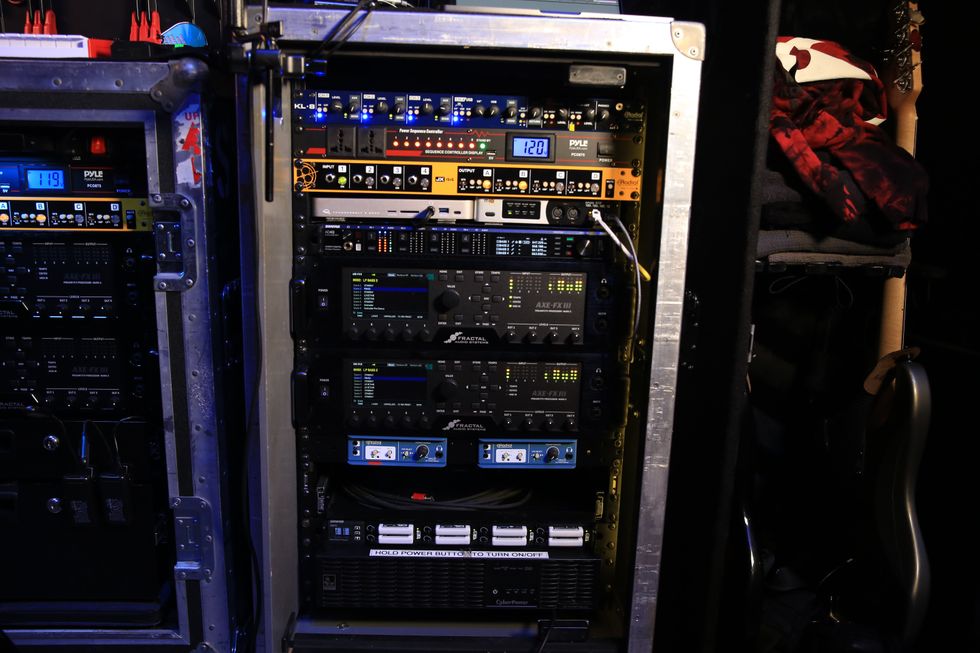

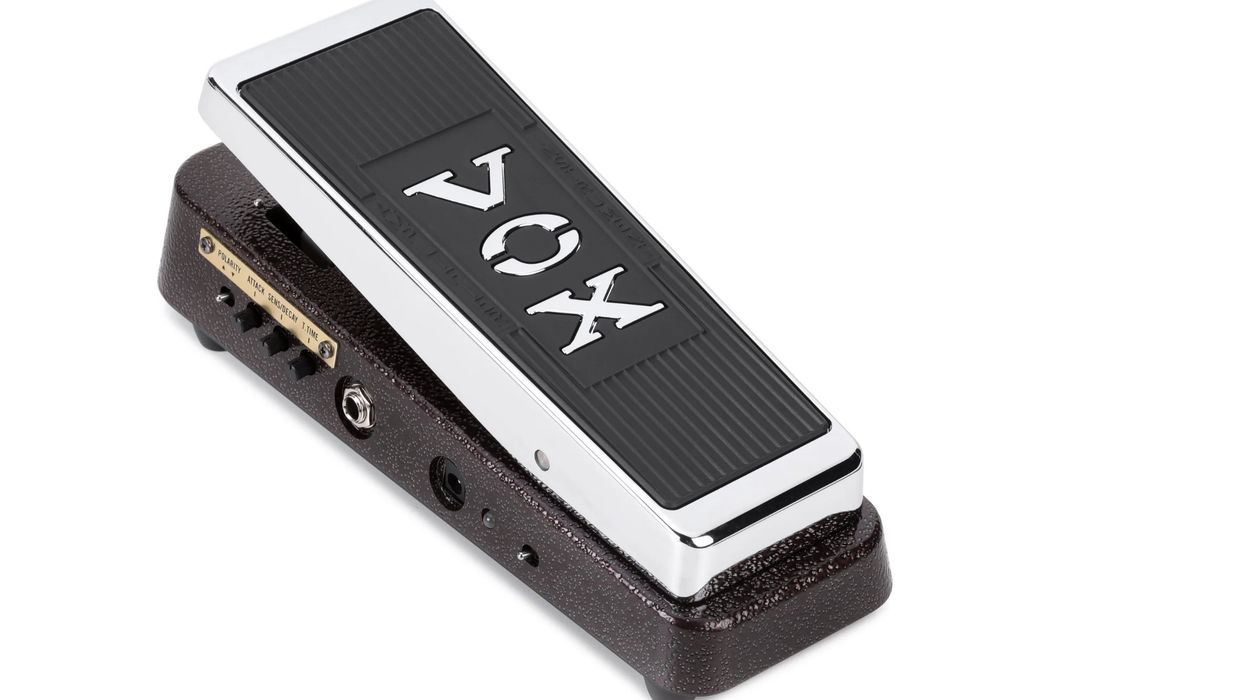
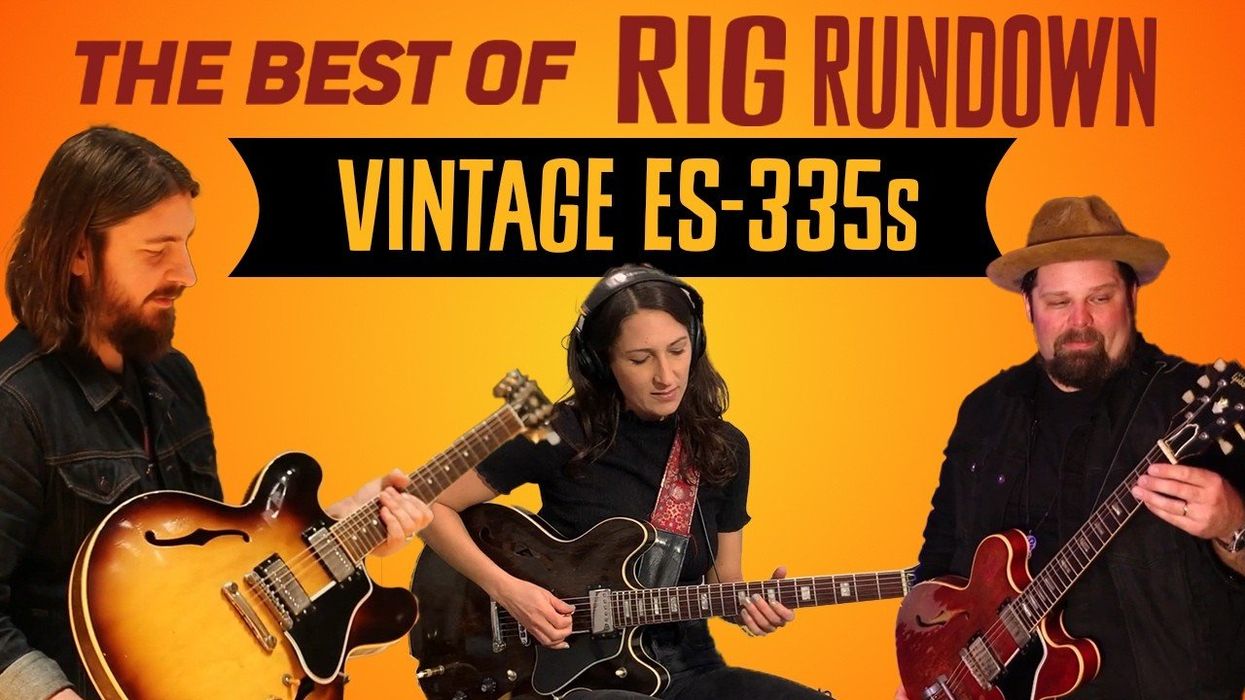
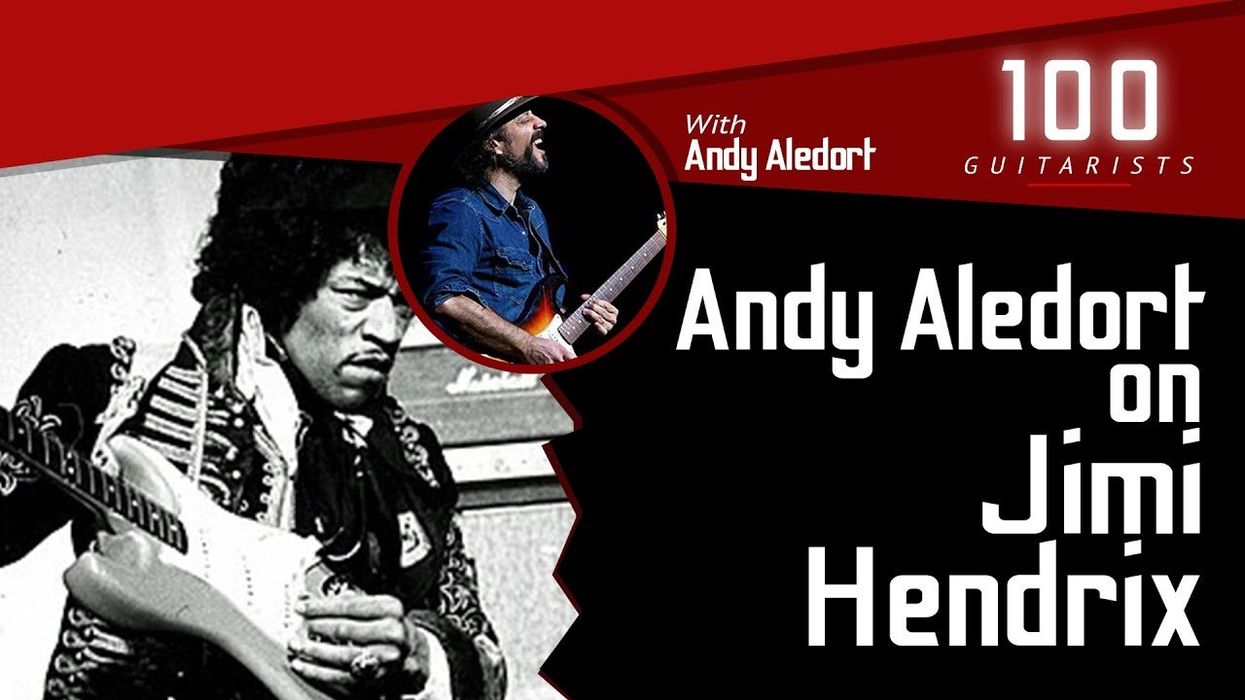

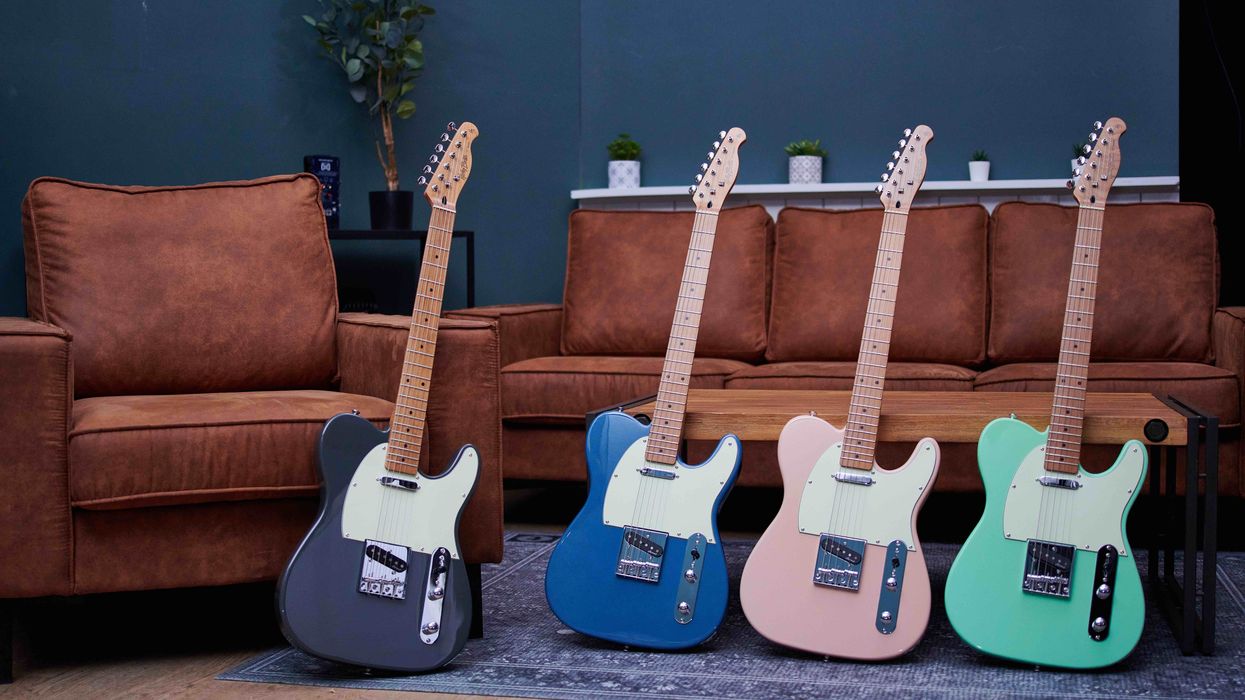
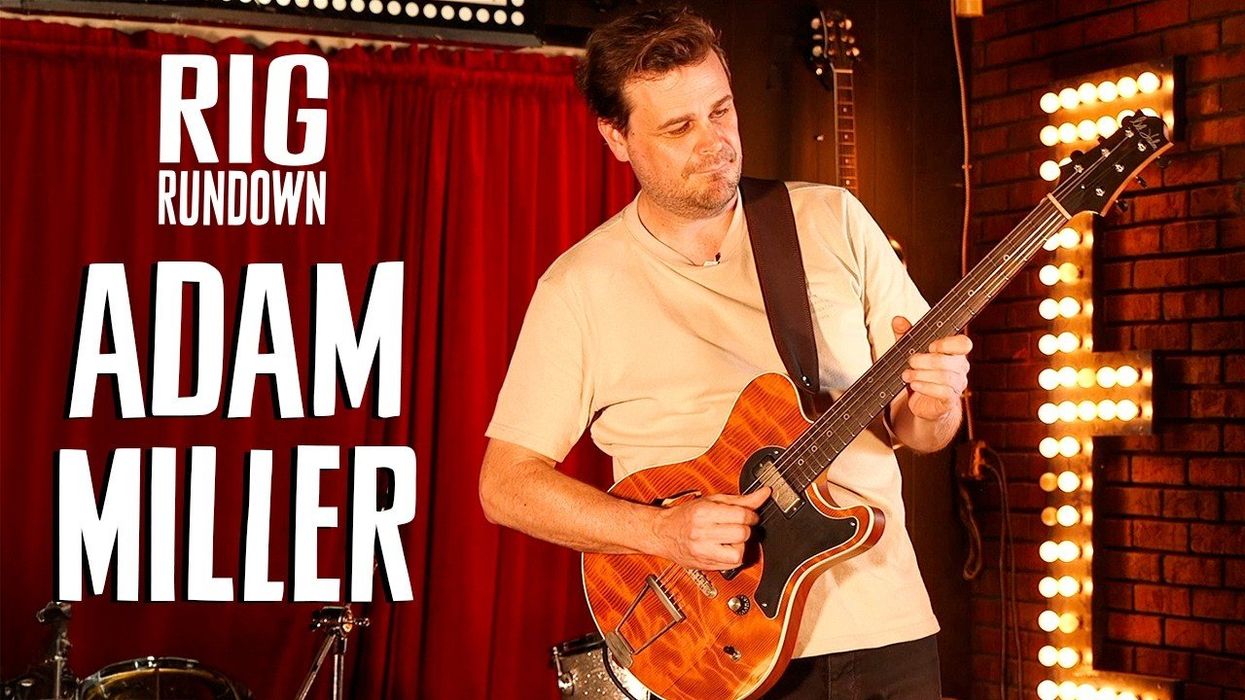
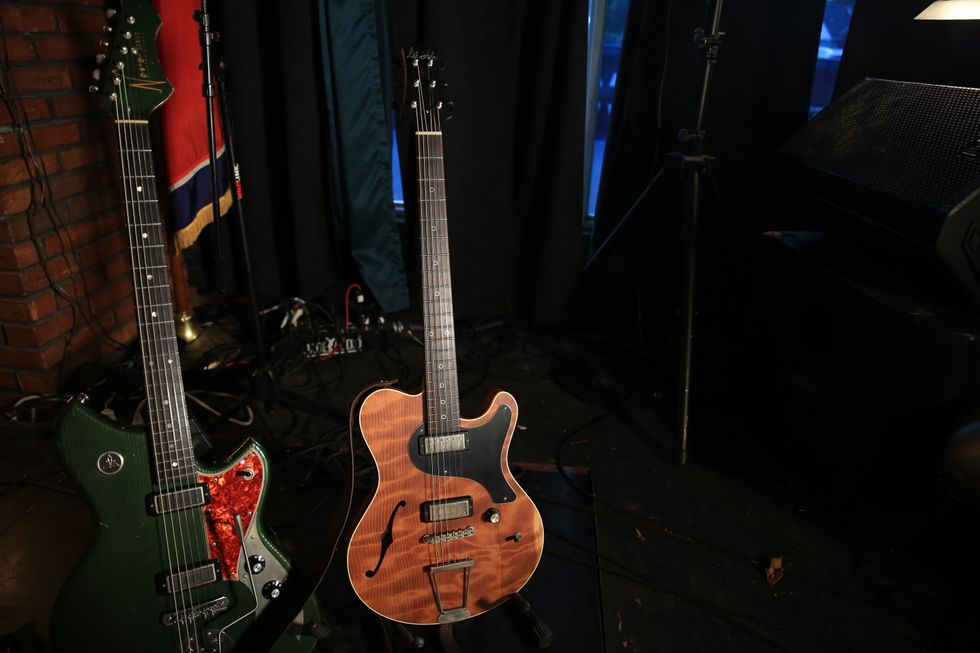
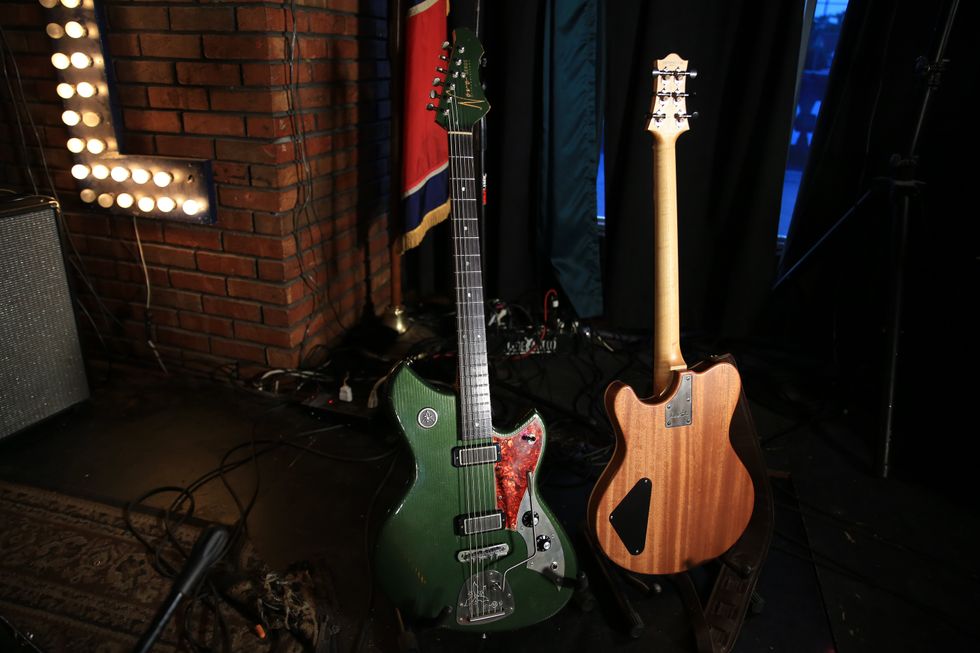
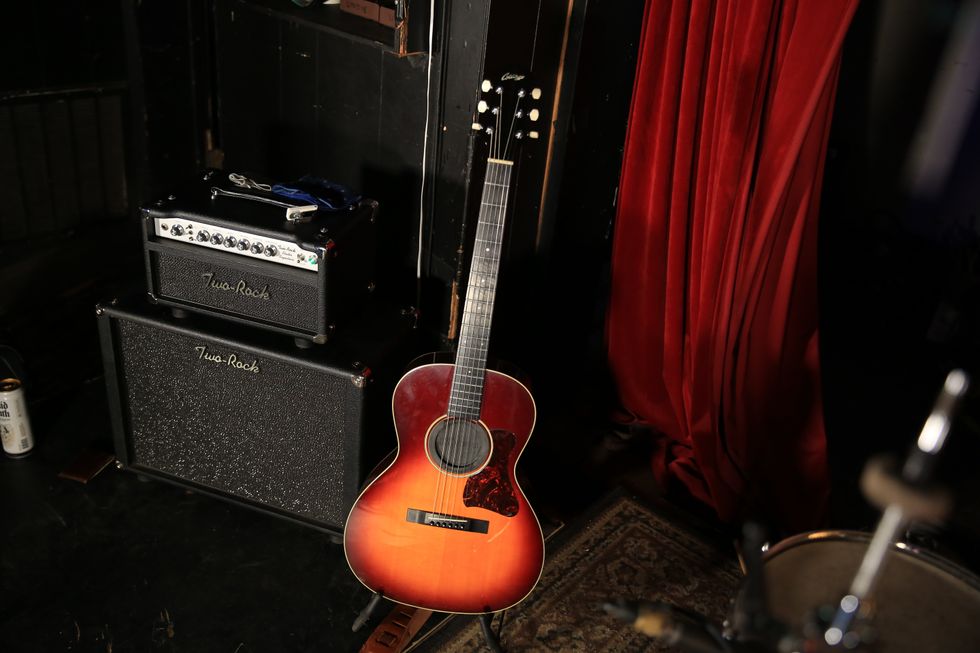
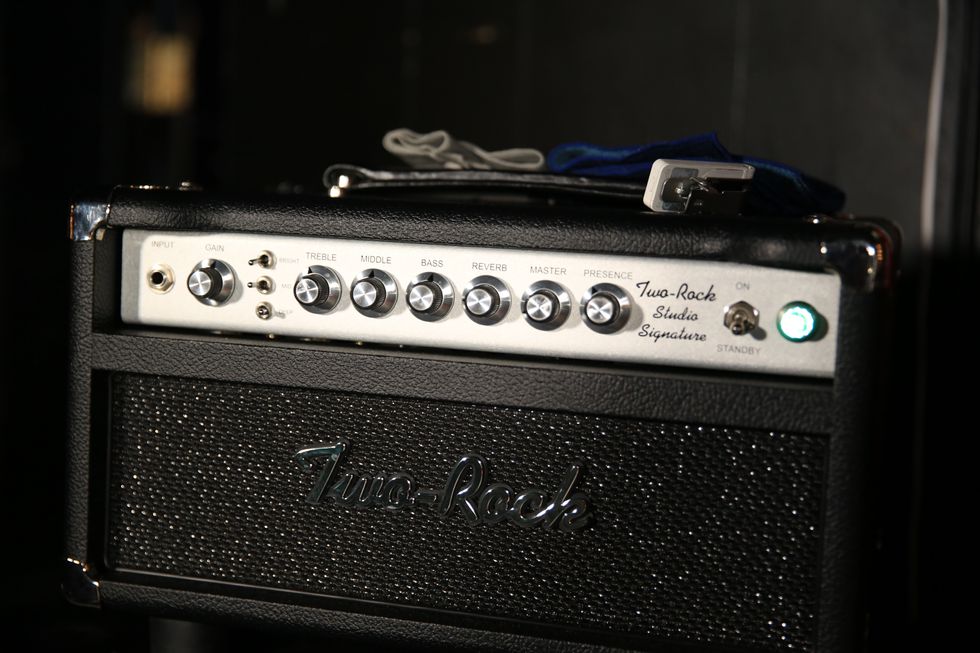
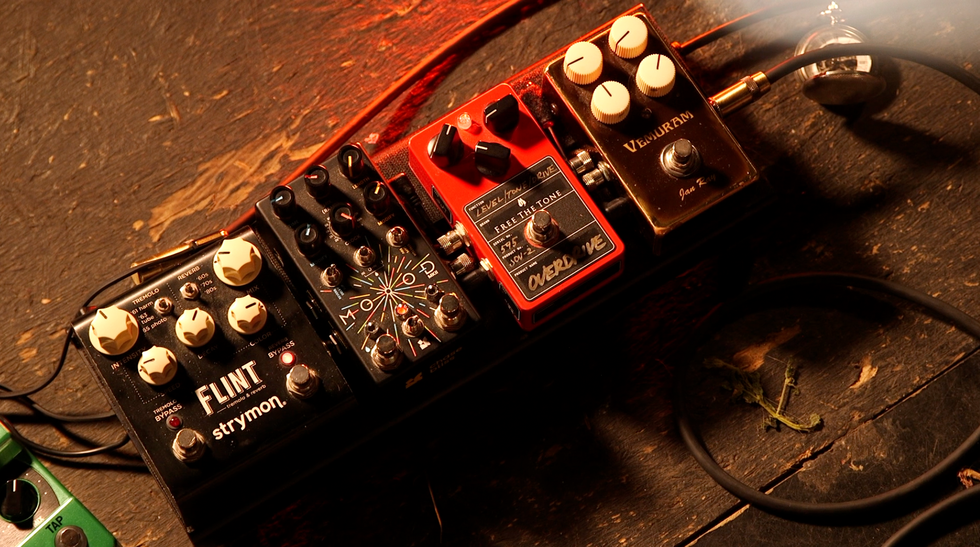
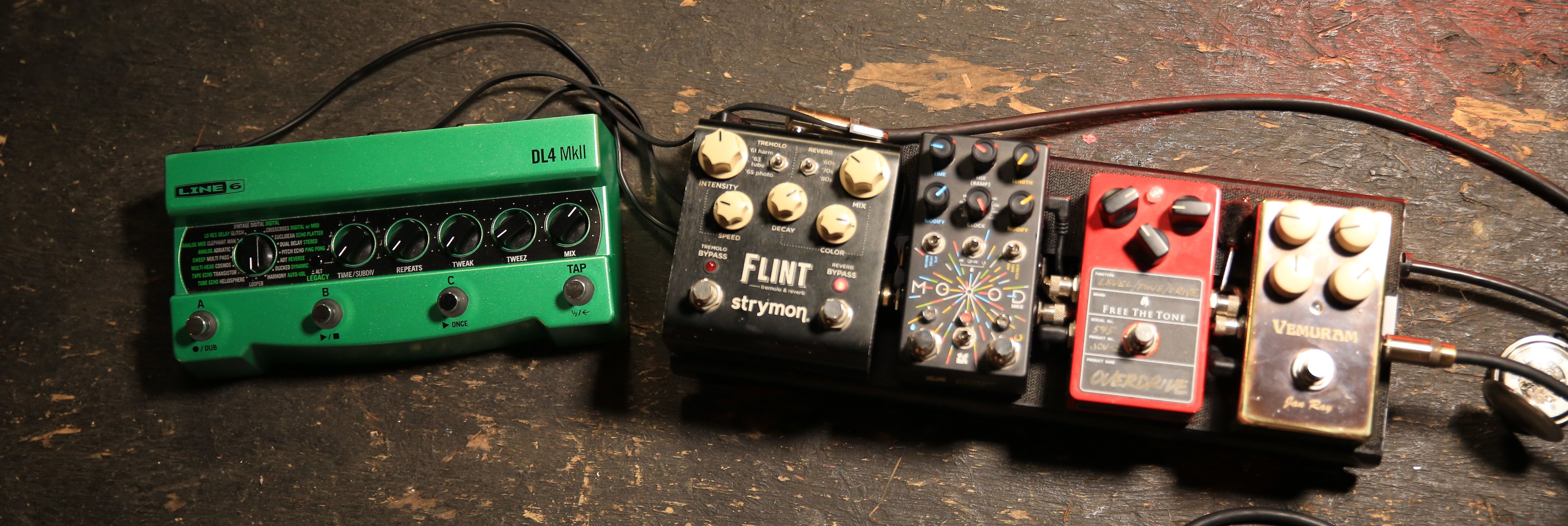 Miller’s Collings runs into a Grace Design ALiX preamp, which helps him fine-tune his EQ and level out pickups with varying output when he switches instruments. For reverb, sometimes he’ll tap the
Miller’s Collings runs into a Grace Design ALiX preamp, which helps him fine-tune his EQ and level out pickups with varying output when he switches instruments. For reverb, sometimes he’ll tap the 
